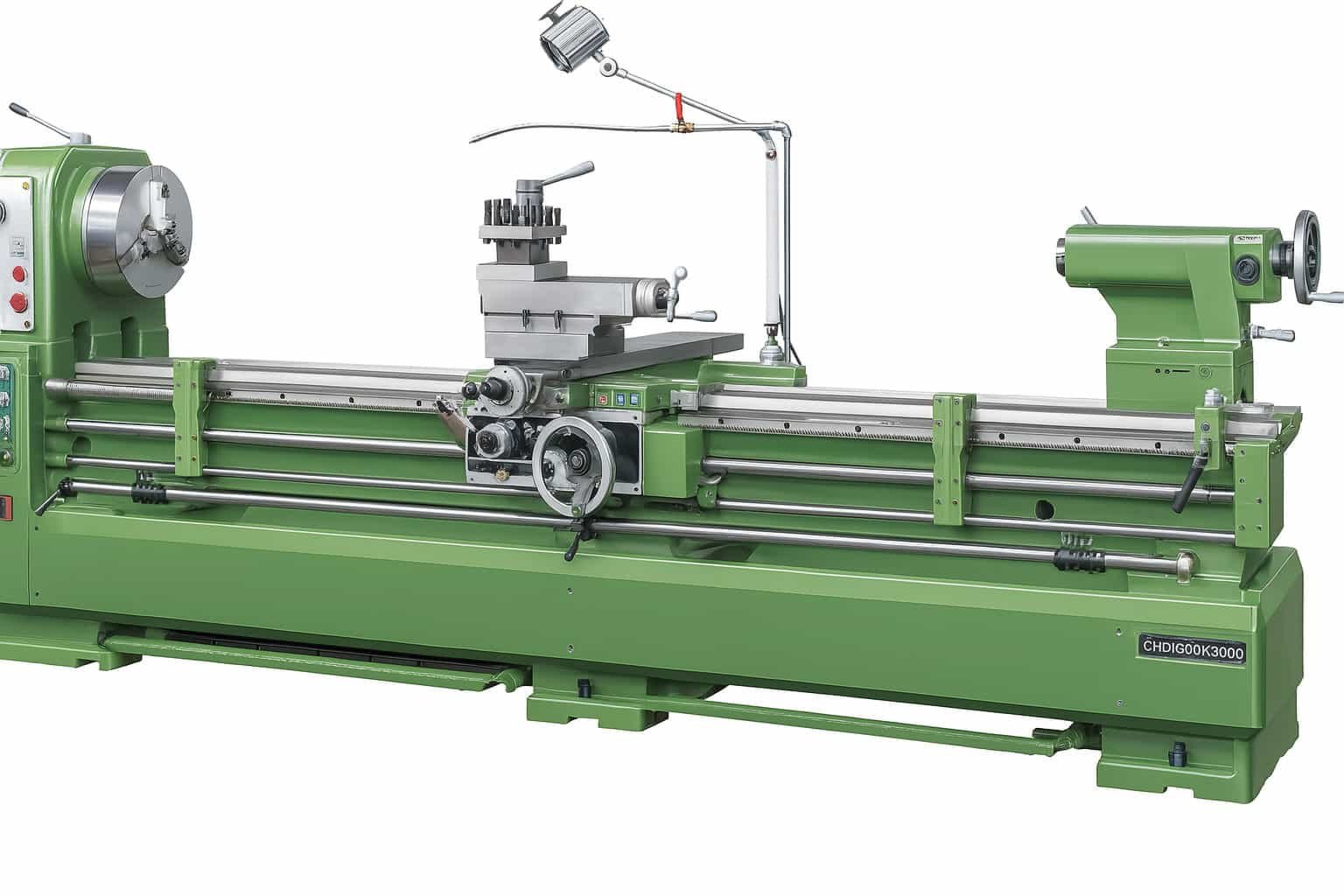What is a Precision Lathe?
A precision lathe is a highly accurate machine tool used for shaping metal, wood, or other materials by rotating the workpiece against various cutting tools. It is essential for tasks requiring extreme accuracy and fine detail.
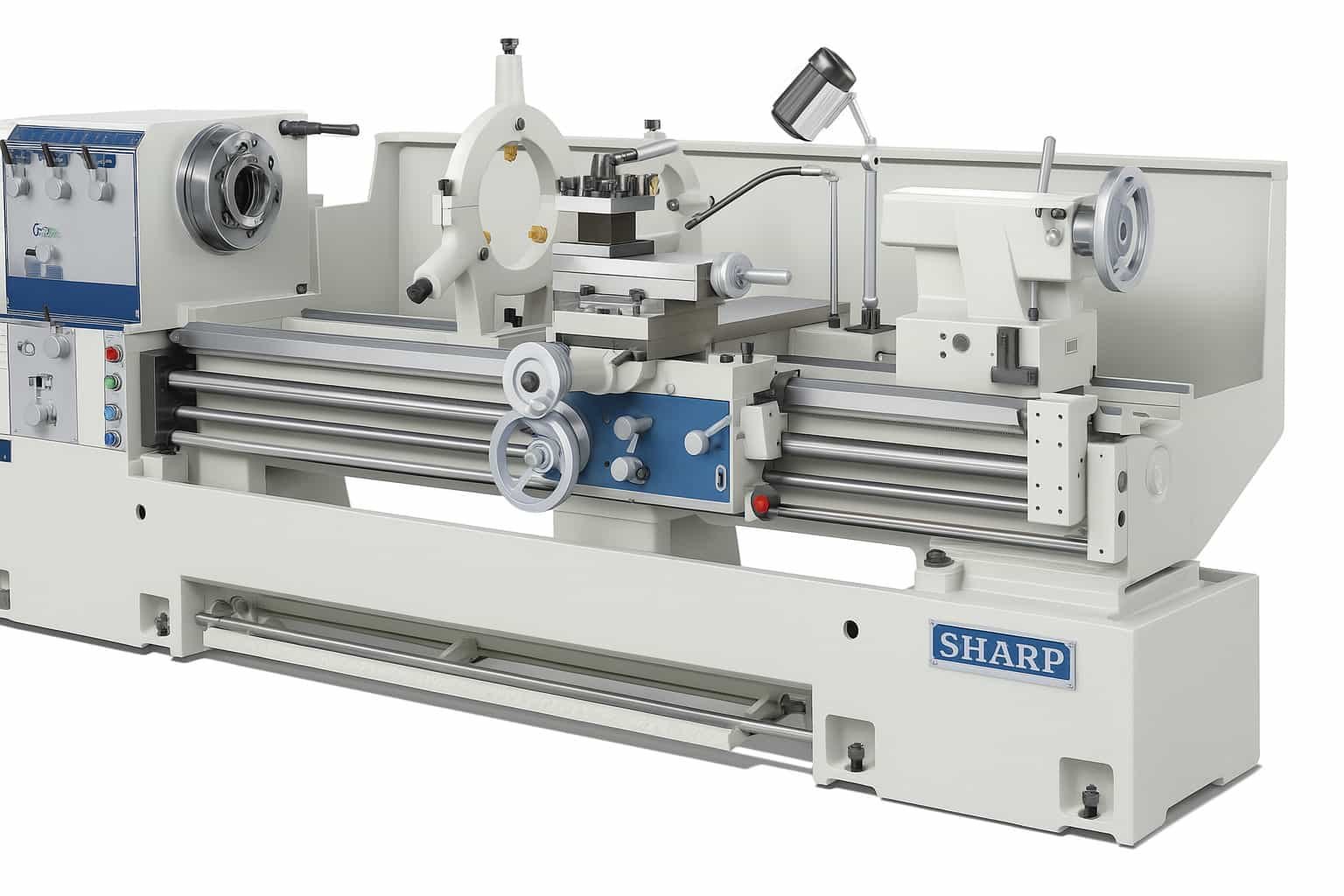
Key Features of Precision Lathes:
- High Accuracy: Capable of producing parts with very tight tolerances.
- Smooth Operation: Reduced vibration and noise for precise work.
- Advanced Control: Often equipped with digital readouts and CNC technology for enhanced control.
Common Applications:
- Industrial Manufacturing: Creating components for machinery and electronics.
- Jewelry Making: Crafting intricate designs and fine details.
- Prototyping: Developing precision parts for new products.
How it Works:
- Setup: Secure the workpiece in the lathe’s chuck.
- Rotation: The workpiece spins at high speeds.
- Cutting: Tools are applied to shape the material precisely.
Precision lathes are vital for industries where accuracy and detail are paramount.
What is the difference between a CNC lathe and a lathe?
A CNC lathe is a computer-controlled machine used for precision cutting, whereas a traditional lathe is manually operated. The main differences lie in automation, precision, and operational efficiency.
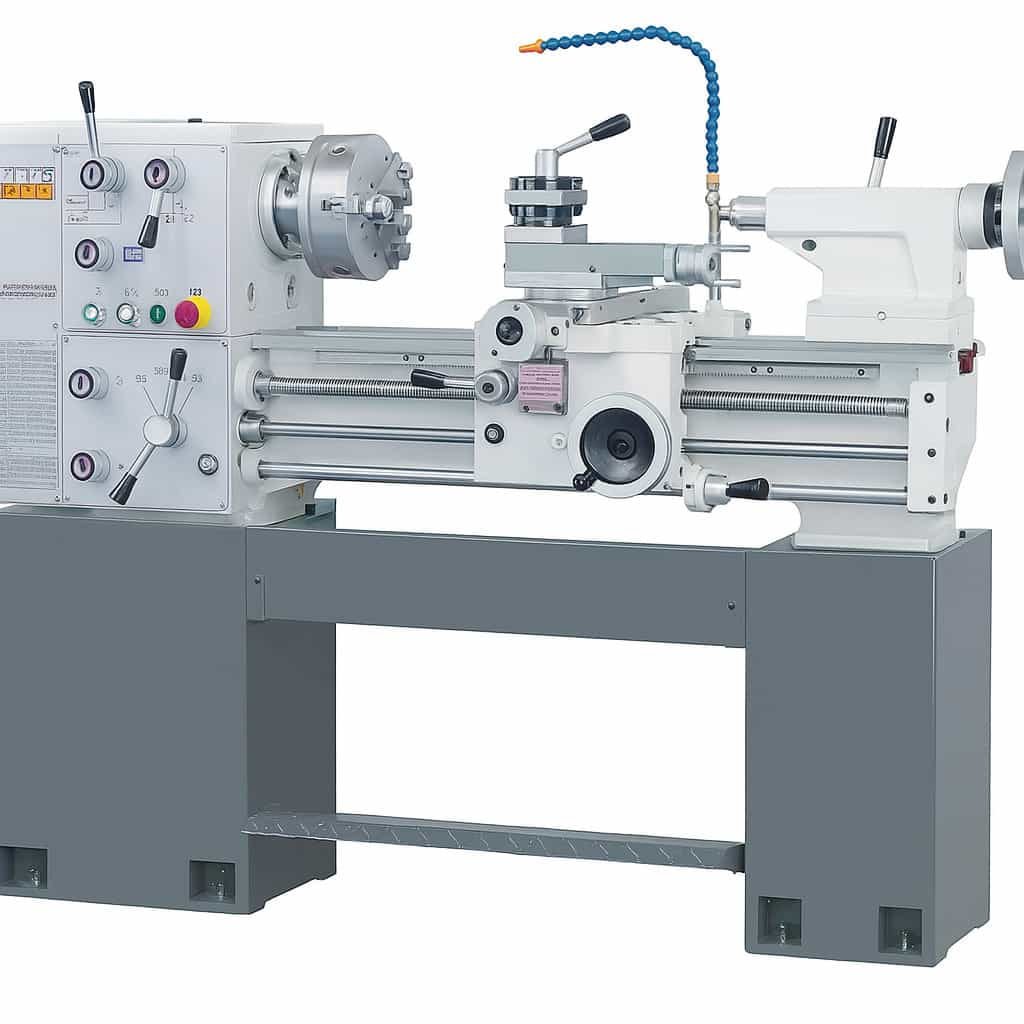
Key Differences:
- Automation:
- CNC Lathe: Operated by computer numerical control (CNC) systems.
- Traditional Lathe: Requires manual operation by a skilled machinist.
- Precision:
- CNC Lathe: High precision with consistent results due to computer control.
- Traditional Lathe: Precision depends on the operator’s skill.
- Operational Efficiency:
- CNC Lathe: Can run continuously and perform complex tasks with minimal human intervention.
- Traditional Lathe: Requires constant monitoring and manual adjustments.
- Programming:
- CNC Lathe: Uses G-code for programming tasks.
- Traditional Lathe: No programming needed, relies on manual settings.
In summary, CNC lathes offer enhanced precision and efficiency through automation, while traditional lathes depend on manual operation and the operator’s expertise.
How to Keep a Lathe from Rusting?
To keep a lathe from rusting, regularly apply a thin coat of machine oil to all metal surfaces and ensure your workshop has controlled humidity. Consistent maintenance is key to preventing rust.
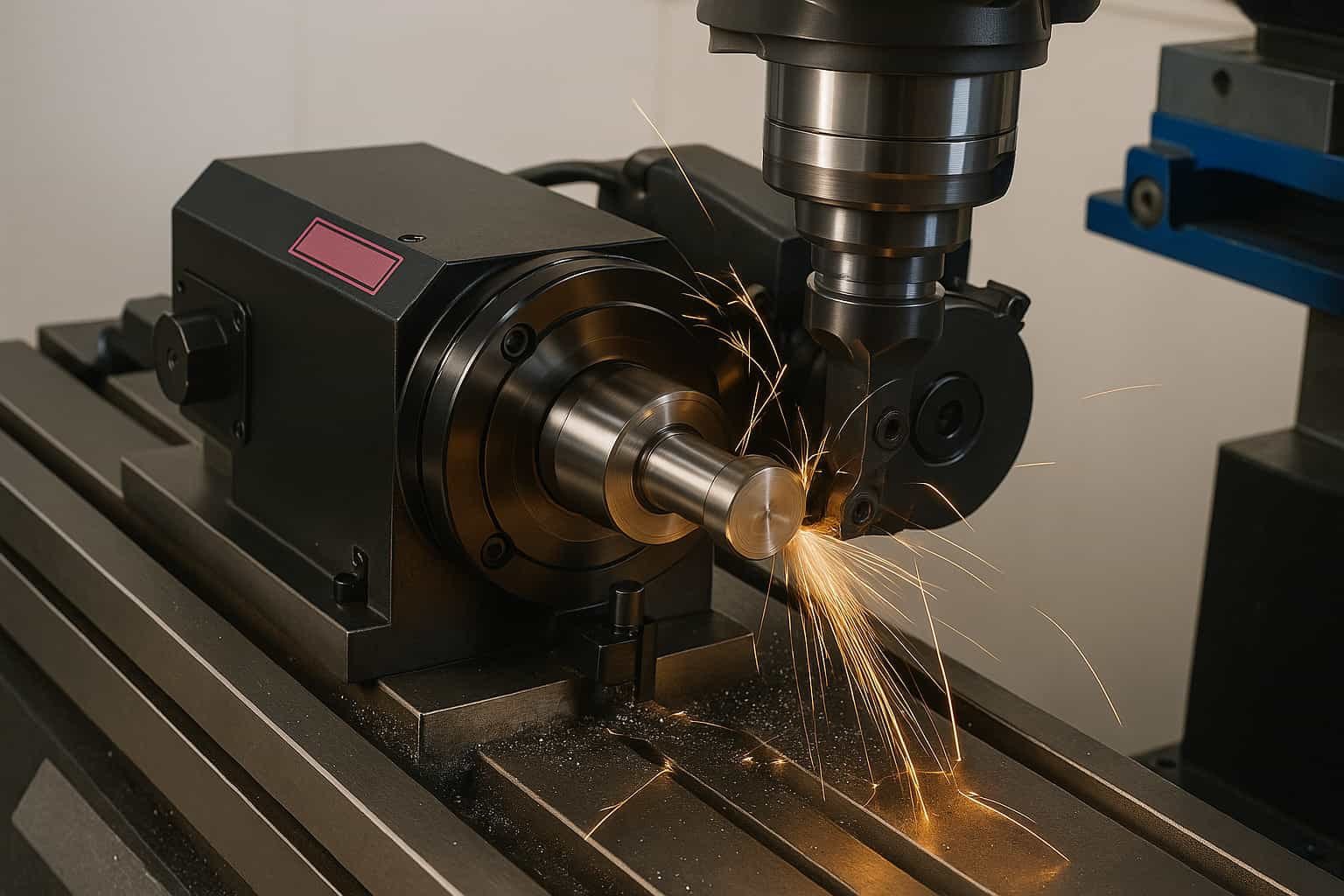
Steps to Prevent Lathe Rust:
- Clean Regularly: Wipe down the lathe after each use to remove metal shavings and dust.
- Apply Machine Oil: Use a light machine oil to coat the lathe’s metal parts, especially exposed surfaces.
- Humidity Control: Use a dehumidifier in your workshop to maintain a low humidity level, ideally below 50%.
- Use Covers: Cover the lathe when not in use to protect it from airborne moisture and dust.
- Inspect Frequently: Regularly check for early signs of rust and address them immediately with rust remover or fine steel wool.
Maintaining a rust-free lathe involves consistent cleaning, oiling, and environmental control.
How precise can a CNC machine be?
CNC machines can achieve precision levels up to ±0.001 inches (±0.0254 mm). This high precision is due to their advanced control systems and cutting-edge technology.
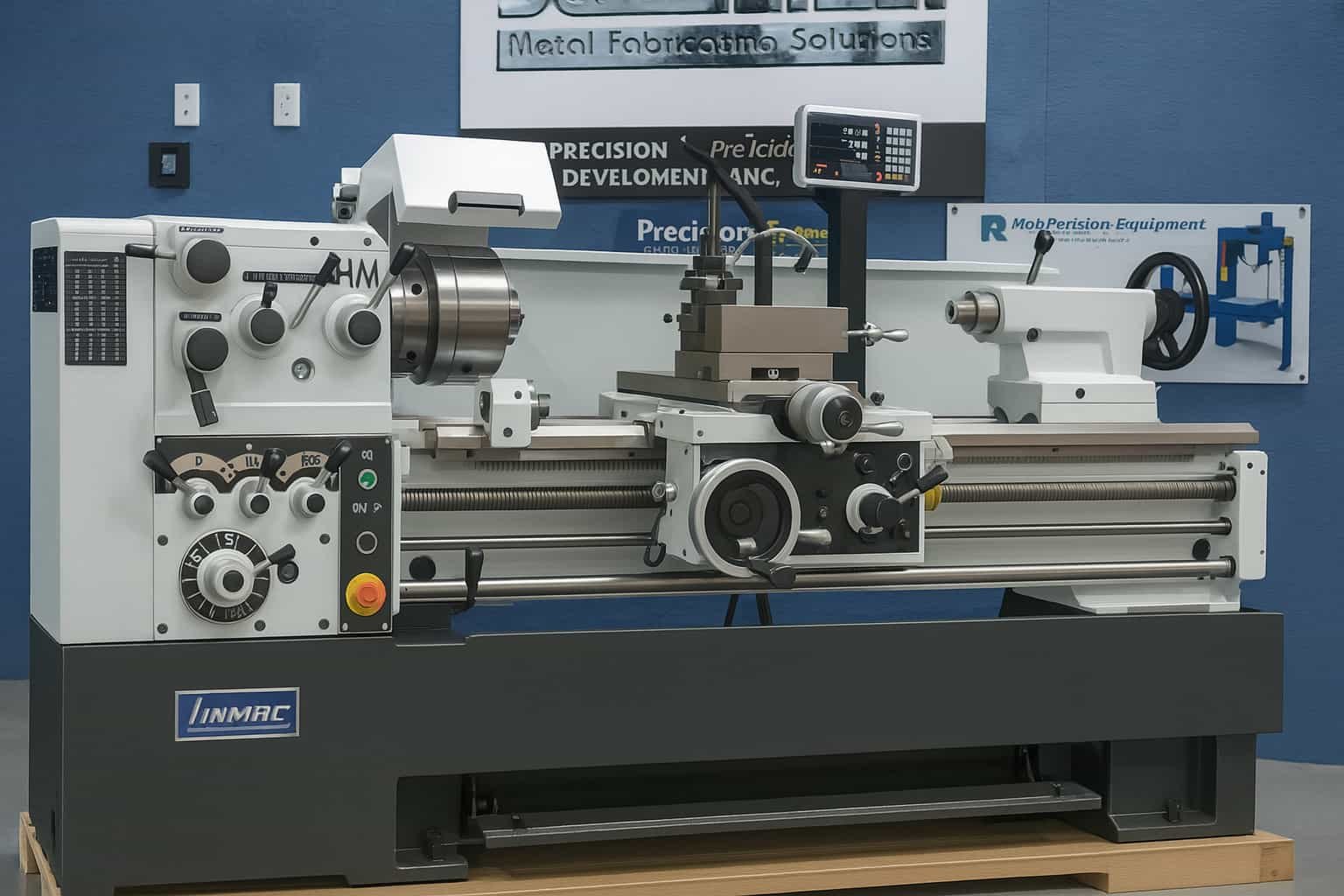
Factors Contributing to CNC Precision:
- Control Systems: High-quality CNC machines utilize sophisticated control systems that ensure accurate tool positioning.
- Calibration: Regular calibration minimizes errors and maintains machine accuracy.
- Stable Environment: Operating in a temperature-controlled environment reduces expansion and contraction of materials.
- Tooling: Precision tooling enhances the machine’s ability to produce exact measurements.
Technology Enhancements:
- Feedback Loops: Real-time feedback systems adjust tool paths to correct deviations.
- High-Resolution Encoders: These devices provide precise measurements of the tool’s position.
By incorporating these elements, CNC machines consistently deliver exceptional precision, making them indispensable in industries requiring high accuracy.

